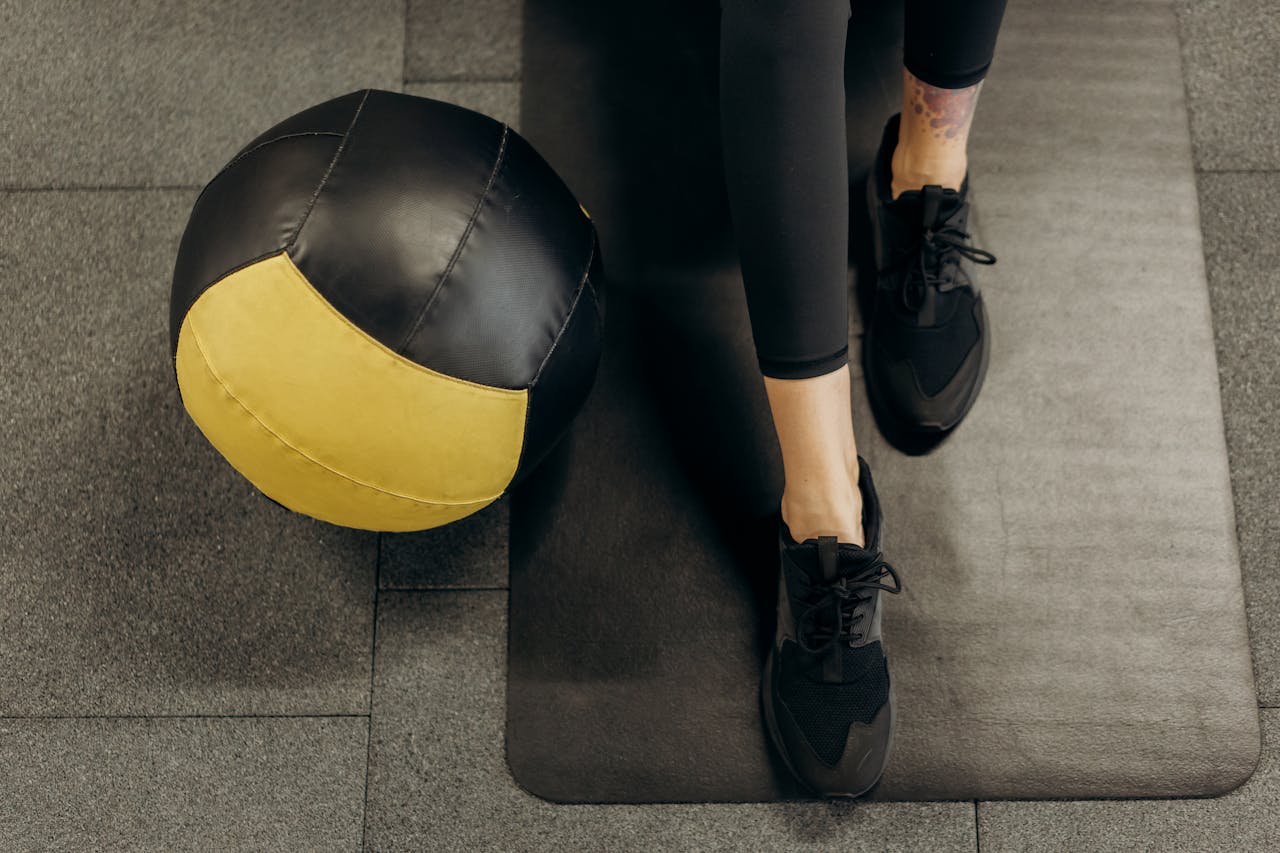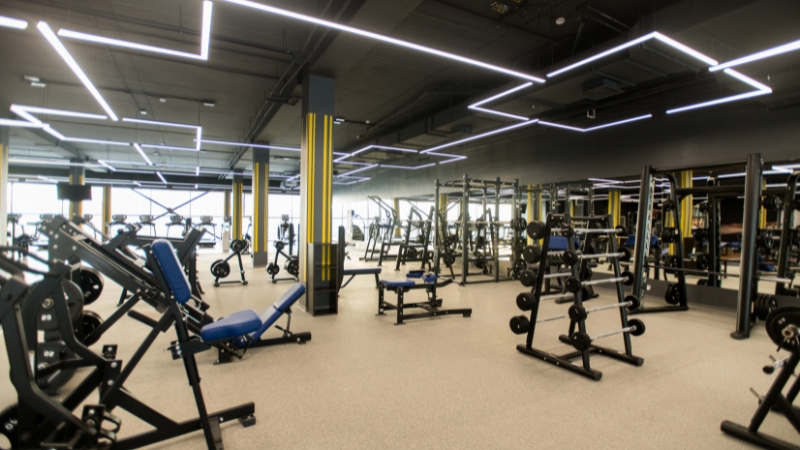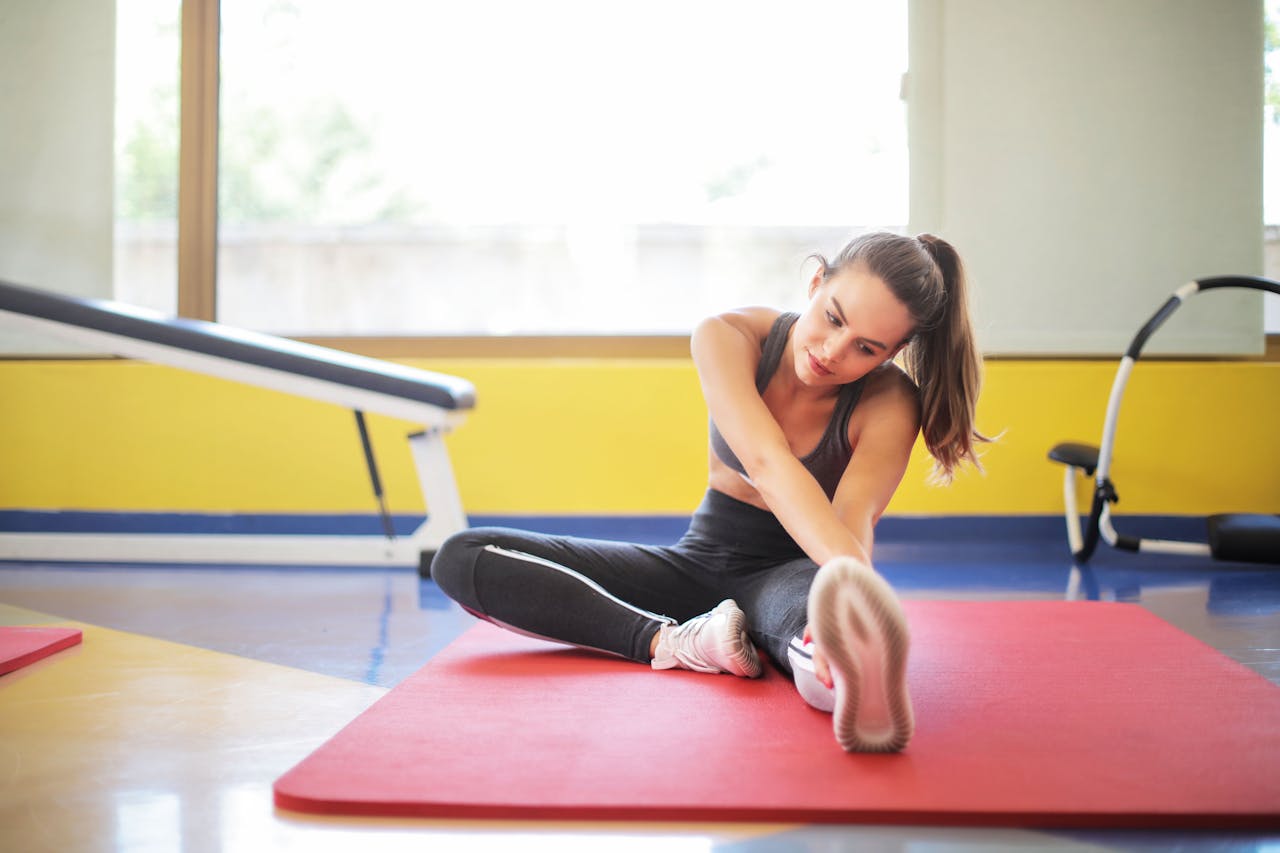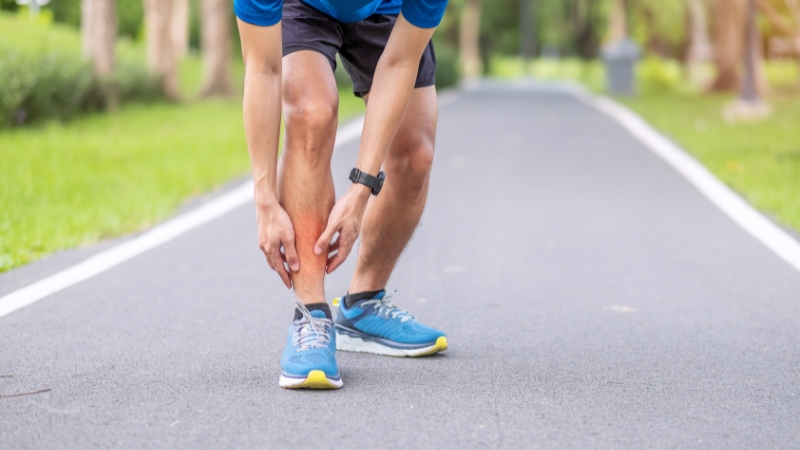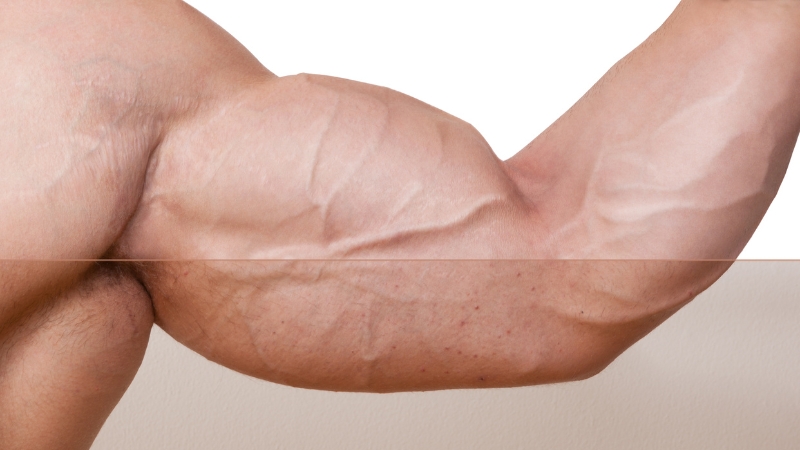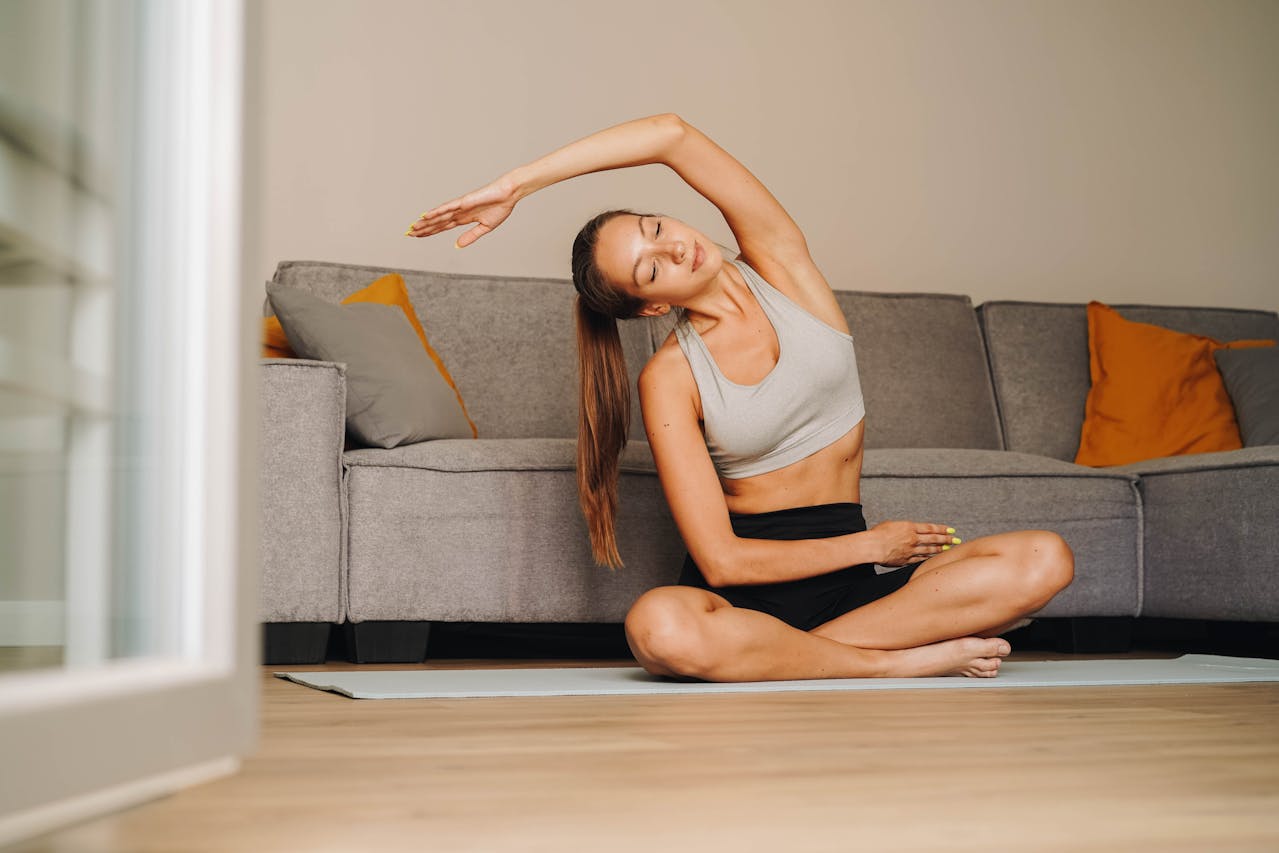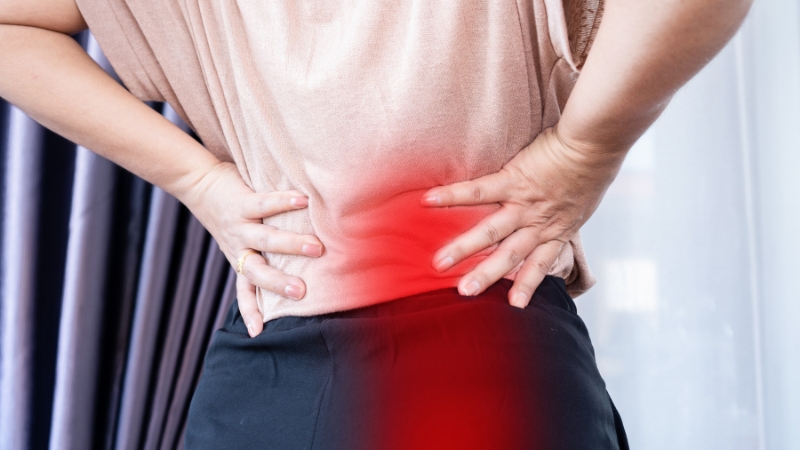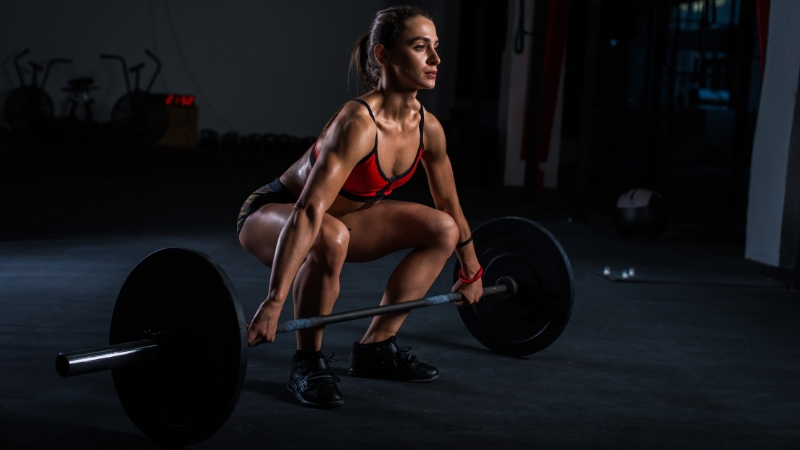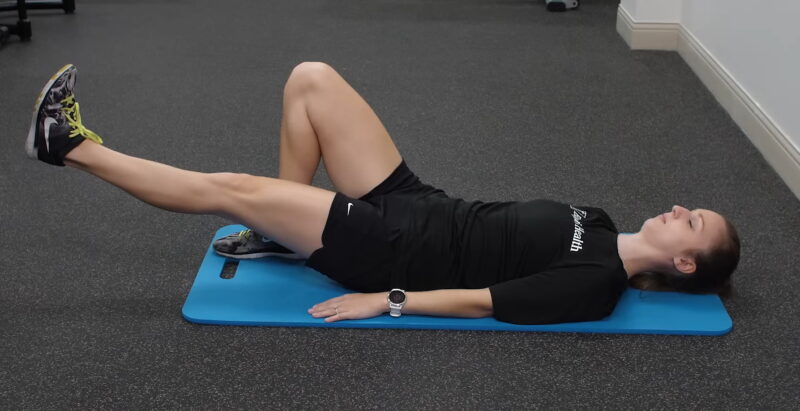
Share Post:
When thinking about a strong core, one exercise that stands out is the leg raise. Often celebrated for its ability to sculpt the abdomen, leg raises engage more than just abs.
Let’s explore the muscles activated during leg raises and how to make the most out of this powerful exercise.
Table of Contents
Toggle1. Rectus Abdominis
First up, we have the rectus abdominis, better known as the “six-pack” muscles. These muscles run vertically along the front of the abdomen, playing a key role in flexing the spine.
How It Works
Imagine lying on your back and slowly raising your legs until they point toward the ceiling. The rectus abdominis is hard at work, lifting the legs and controlling the descent.
Next on the list are the hip flexors, a group of muscles including the iliopsoas, sartorius, and rectus femoris. When you initiate a leg raise, the hip flexors spring into action, helping to lift your thighs. They're especially challenged in hanging leg raises, where gravity makes the exercise even tougher. The stronger your hip flexors, the more fluid and controlled your leg raises will become.2. Hip Flexors
Their Role in Leg Raises
3. Obliques
While the rectus abdominis is the star of the show, the obliques are vital supporting players.
Engaging the Obliques
Leg raises typically target the rectus abdominis, but adding a twist—literally—can bring the obliques into the mix.
Try a side leg raise or a hanging leg raise with a twist to really feel those obliques working hard. This not only helps carve out the sides of your abs but also enhances your overall core stability.
4. Transverse Abdominis
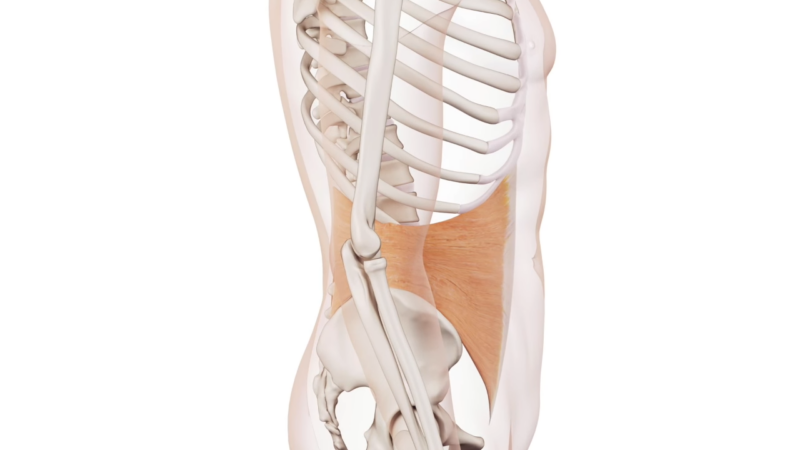
Staying Steady
Even though the transverse abdominis isn’t the primary mover during leg raises, it’s always engaged, keeping your core tight and your spine safe.
5. Quadriceps
The quadriceps, or quads, are the large muscles at the front of your thighs. While they’re best known for their role in knee extension, they also play a part in leg raises.
Their Role in Leg Raises
When you keep your legs straight during a leg raise, your quads are working to maintain that position.
Moving inward, the adductors are the muscles on the inner thighs that bring your legs together. Keeping your legs together during leg raises ensures that your adductors are involved. At the back of your thighs, you’ll find the hamstrings, which are primarily responsible for knee flexion and hip extension. Their role in leg raises is more about stabilization than movement. While the hamstrings aren’t heavily targeted during leg raises, they help stabilize the pelvis and support the hip flexors. Last but not least, the erector spinae is a group of muscles running along the spine. Leg raises are versatile, and each variation targets the muscles slightly differently. Let’s look at a few variations and how they impact muscle engagement. In lying leg raises, you’re on your back, lifting your legs until they’re perpendicular to the torso. This version is excellent for targeting the lower rectus abdominis and hip flexors. Hanging leg raises take things up a notch. By lifting your legs while hanging from a bar, you’re significantly challenging your core, particularly the rectus abdominis and hip flexors.6. Adductors
Engaging the Adductors
7. Hamstrings
Supporting the Movement
8. Erector Spinae
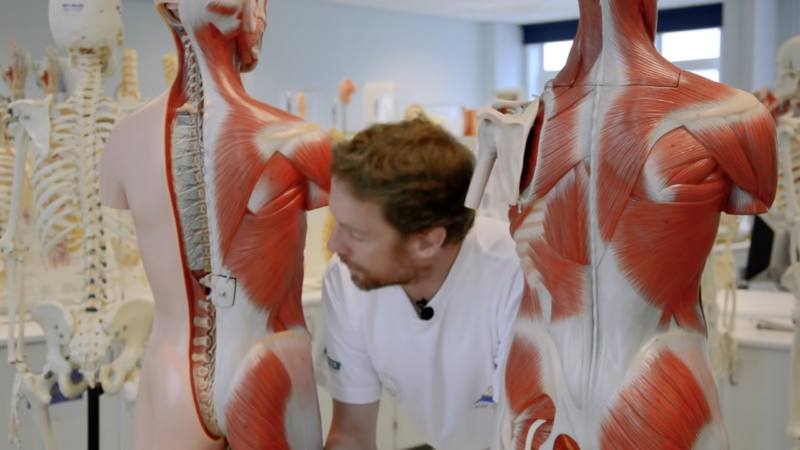
Protecting the Spine
Variations of Leg Raises
Lying Leg Raises
Hanging Leg Raises
Side Leg Raises
The Benefits of Leg Raises
Building Core Strength
Improving Hip Flexibility
Tight hip flexors are a common issue, especially for those who spend a lot of time sitting. Regularly performing leg raises can improve hip flexibility, making movements like running, jumping, and even walking more fluid.
Enhancing Lower Body Stability
Leg raises muscles worked, particularly the hip flexors and lower abs, contribute to better lower body stability. This is crucial for activities that require balance and coordination.
Even though leg raises seem straightforward, a few common mistakes can hinder progress or even lead to injury. Here’s what to watch out for. One of the biggest pitfalls is using momentum instead of muscle power to lift the legs. This not only reduces the effectiveness of the exercise but can also put unnecessary strain on your lower back. Letting the lower back arch during leg raises can be a recipe for discomfort or injury. An arched back reduces core engagement and increases strain on the spine. Another common mistake is not fully lifting or lowering the legs, which limits the exercise’s benefits. Including leg raises into your routine can lead to a stronger, more stable core, improved hip flexibility, and enhanced lower body stability. Whether you’re performing lying leg raises, hanging leg raises, or a variation that targets specific muscles, focus on proper form and controlled movements.Versatility in Training
Common Mistakes to Avoid
Relying on Momentum
Arching the Lower Back
Shortening the Range of Motion
Wrapping It Up
Related Posts:



